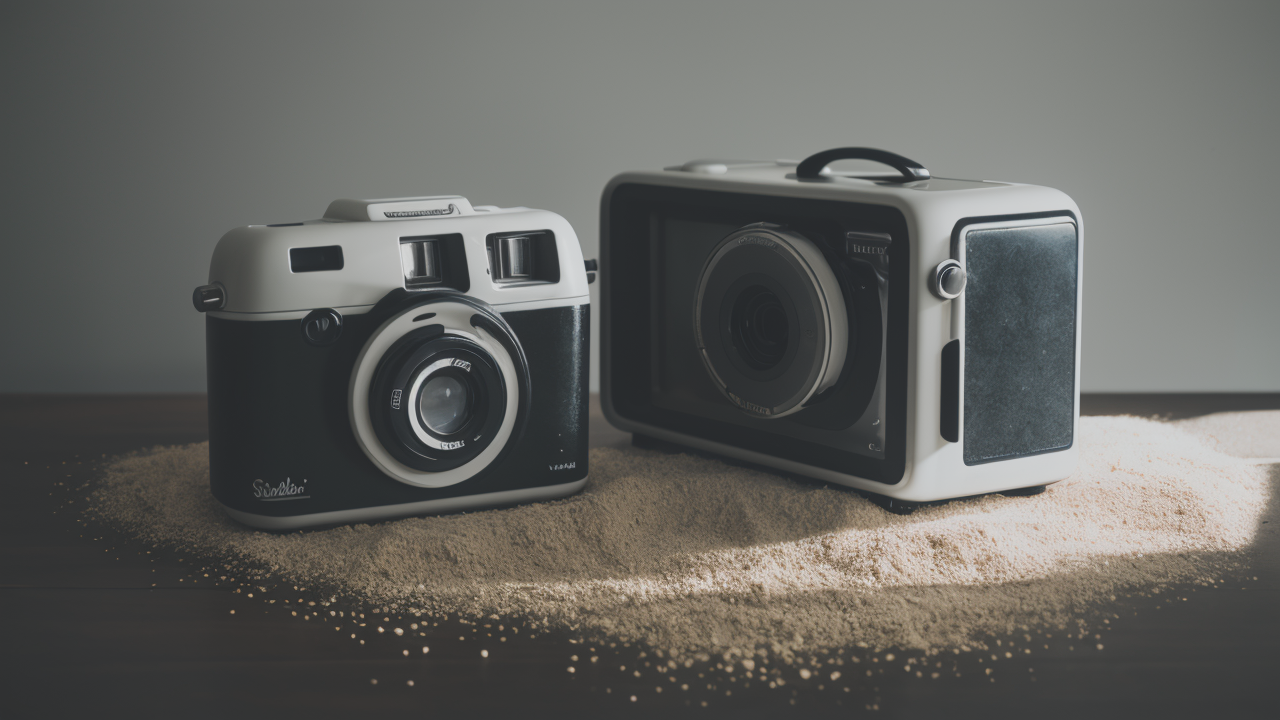
From Nawabi to Now: The Evolution of Abstract Digital Art in American Home Decor
The Philosophy of Wabi-Sabi in the Creative World
Origins of Wabi-Sabi in Japanese Culture
Wabi-sabi is a Japanese concept that finds beauty in imperfection. It has roots in Zen Buddhism. The idea emerged in 15th century Japan. It was a response to the opulent lifestyle of the time. Wabi-sabi values simplicity and naturalness. It sees beauty in things that are:

- Imperfect
- Impermanent
- Incomplete
This philosophy shapes Japanese art, design, and daily life. It's seen in tea ceremonies, pottery, and gardens. Wabi-sabi embraces the marks of time and use on objects. It finds charm in worn, weathered items. This view encourages people to appreciate the small, subtle details in life.
Wabi-Sabi as a Creative Principle
As a creative principle, wabi-sabi offers a unique perspective. It challenges the pursuit of perfection. Instead, it celebrates flaws and uniqueness. Artists who use this principle create works that feel:
- Authentic
- Organic
- Soulful
Wabi-sabi in art often shows raw textures and asymmetry. It may leave parts of a work unfinished. This approach creates pieces that feel alive and evolving. It invites viewers to find beauty in unexpected places. The result is art that connects on a deeper, more human level.
How Wabi-Sabi Influences Modern Art
Wabi-sabi has made a significant impact on modern art. Many artists now embrace imperfection in their work. They create pieces that are:
- Deliberately uneven
- Roughly textured
- Naturally aged
This influence is seen in various forms of art. It appears in abstract paintings, sculptures, and digital art. Artists may use found objects or natural materials. They might leave brush strokes visible or edges unrefined. This style creates a sense of history and character in artworks.
The Intersection of Wabi-Sabi and Shape Design
Exploring the Aesthetics of Imperfection
In shape design, wabi-sabi brings a unique aesthetic. It moves away from perfect geometries. Instead, it favors organic, imperfect forms. These shapes might be:

- Slightly misshapen
- Unevenly sized
- Rough-edged
This approach creates designs that feel more human and relatable. They have a warmth that perfect shapes often lack. Wabi-sabi shapes tell a story. They invite touch and exploration. These designs often feel more natural and less manufactured. They resonate with people seeking authenticity in a world of mass production.
The Techniques Behind Creating Wabi-Sabi Art
Creating wabi-sabi art involves specific techniques. Artists often use methods that introduce chance and imperfection. Some common approaches include:
- Hand-drawing shapes instead of using digital tools
- Using natural materials with inherent variations
- Applying paint or texture unevenly
These techniques result in unique, one-of-a-kind pieces. They capture the essence of wabi-sabi. The art feels authentic and alive. It shows the hand of the artist in every imperfection. This approach often leads to surprising and beautiful results. It allows for happy accidents and unexpected beauty.
Examples of Successful Wabi-Sabi Designs in the US Market
Wabi-sabi has found success in the US market. Many brands now incorporate this aesthetic. Some examples include:
- Pottery Barn's artisan-made ceramics
- West Elm's handcrafted textiles
- Anthropologie's distressed furniture
These products appeal to consumers seeking authenticity. They offer a counterpoint to mass-produced items. Wabi-sabi designs feel special and meaningful. They add character to homes and spaces. These products often become conversation pieces. They bring a sense of history and craftsmanship to modern interiors.
Implementing Wabi-Sabi Art in Business and Marketing
Wabi-Sabi in the Context of Product Design
Wabi-sabi principles can transform product design. They create items that feel more personal and unique. This approach works well for:

- Home decor
- Fashion accessories
- Digital art prints
Products with wabi-sabi elements stand out on shelves. They appeal to consumers tired of perfection. These items tell a story and create an emotional connection. They invite customers to appreciate subtle beauty. Wabi-sabi designs often have a timeless quality. They resist trends and remain appealing over time.
Marketing Imperfection: Learning from Wabi-Sabi
Marketing with wabi-sabi in mind requires a shift in thinking. It means embracing and showcasing imperfections. This approach can:
- Build authenticity
- Create emotional connections
- Differentiate brands
Campaigns might focus on the uniqueness of each product. They could highlight handmade processes. Stories about the artisans behind products can add depth. This strategy appeals to consumers seeking genuine experiences. It can make brands feel more human and relatable. This approach often leads to stronger customer loyalty.
Strategies for Businesses to Adopt Wabi-Sabi Principles
Businesses can adopt wabi-sabi principles in various ways. Some strategies include:
- Incorporating handmade elements in products
- Using natural, imperfect materials
- Showcasing the beauty of digital glitches in art
These approaches can be applied across industries. They work in fashion, home goods, and digital art. The key is to find authentic ways to embrace imperfection. This creates products and brands that feel more human and relatable. It can lead to unique selling points and brand stories.
In conclusion, wabi-sabi offers a powerful approach to art and design. It celebrates the beauty of imperfection and authenticity. As consumers seek more meaningful experiences, wabi-sabi principles become increasingly relevant. They offer a way to create products and art that resonate on a deeper level. Embracing wabi-sabi can lead to more sustainable and mindful consumption. It encourages appreciation for the imperfect beauty in all things, even in the digital realm.


